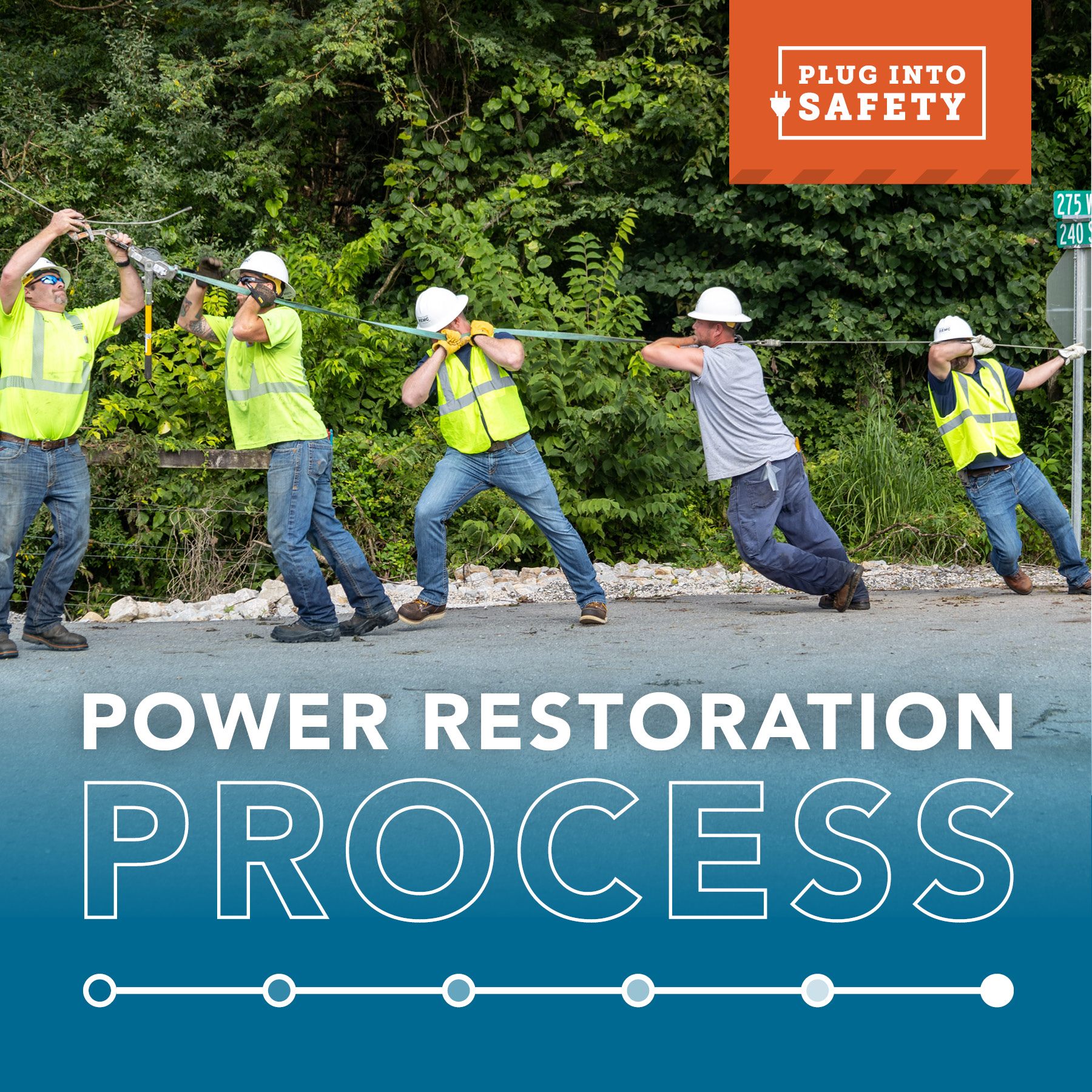Your commute to work was delayed behind a garbage truck. You have more errands than you can fit into your afternoon. The kids need to get to practice and you’re running late. What do you do? Speed a bit in the car, right? Then you see orange cones, maybe a “men at work” sign, or flashing yellow lights. Are these warnings enough to make you slow down?
In its 14th year, National Work Zone Safety Week is sponsored by the U.S. Department of Transportation’s Federal Highway Administration, with support from a number of public agencies. The event is designed to raise awareness of the dangers associated with careless driving in work zones. This year’s event will take place April 15-19.
“This is important to us,” explained Rick Coons, CEO of Indiana Electric Cooperatives, “because we put our line crews in harm’s way every day to maintain our system.”
Electric utility workers must work on or next to roadways to construct and maintain power lines and mow right-of-way areas. “Imagine trying to do your job as motorists fly by at 70 miles per hour, just feet or even inches away,” Coons added.
While work zones can be frustrating for motorists, it is important to recognize that driving recklessly through these zones puts workers at risk, not to mention you, the driver and your passengers. Four out of five people who die in work zones are drivers or passengers.
Nationally, one motorist, passenger or worker is killed in a work zone accident every 8.2 hours – that’s three people killed each day. And more than 40,000 people are injured in work zone crashes each year. That’s more than 100 injuries each day.
Utility trucks are equipped with flashing lights and reflective materials. Work zones are marked on the road with orange cones. And line crews wear reflective clothing when working near roadways. But even with these measures in place, work zones are dangerous.
Distracted driving creates the greatest hazard in work zones. Not only must motorists watch for workers in a work zone, they must also commit to minimizing distractions like cell phone use and eating while driving. “We can do everything to mark a work zone and properly equip our workers, but that sometimes does nothing to catch the attention of a distracted driver.”
“The fact that we often work during harsh weather makes the job even more dangerous for our line crews,” Coons warned. “Equipment that would be clearly visible in daylight is difficult for motorists to see when there is rain, snow, sleet or hail. But keeping the power on means we work on those conditions, too.”
# # #
Sources:
U.S. Department of Transportation’s Federal Highway Administration
Indiana Department of Transportation
American Traffic Safety Services Association





